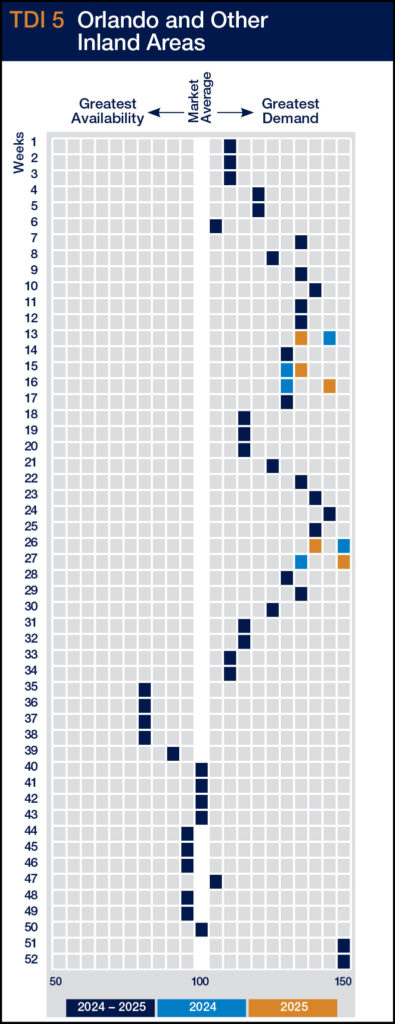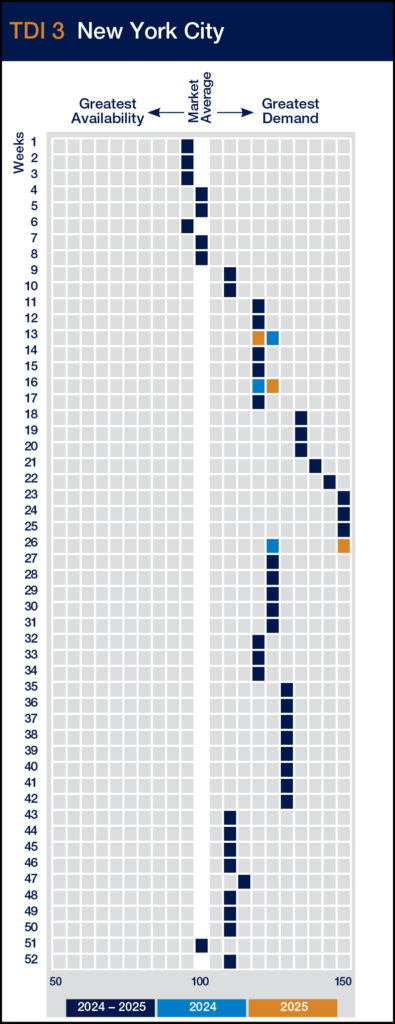 Navigating the world of timeshare exchanges can be greatly enhanced by understanding key tools like Interval International’s Travel Demand Index (TDI). This article aims to provide a comprehensive understanding of how the TDI functions, its components, and how it can be leveraged to improve vacation planning. Whether you’re a seasoned timeshare owner or a new member, utilizing the TDI can lead to more satisfying and well-planned vacations.
Navigating the world of timeshare exchanges can be greatly enhanced by understanding key tools like Interval International’s Travel Demand Index (TDI). This article aims to provide a comprehensive understanding of how the TDI functions, its components, and how it can be leveraged to improve vacation planning. Whether you’re a seasoned timeshare owner or a new member, utilizing the TDI can lead to more satisfying and well-planned vacations.
What is the Travel Demand Index (TDI)?
The Travel Demand Index is a metric developed by Interval International to gauge the demand for vacation accommodations across various destinations throughout the year. This tool helps members anticipate high and low demand periods, aiding them in making informed decisions about when and where to plan their exchanges.
Components of the Travel Demand Index
The TDI is influenced by several factors:
-
Seasonal Demand Variations: Holiday periods, school vacations, and seasonal weather changes all impact demand levels. Understanding these patterns can guide members in selecting the best times for exchanges.
-
Resort Destination Popularity: Some destinations naturally attract more visitors, affecting overall demand.
-
Historical Booking Patterns: Analyzing past booking trends can offer insights into potential future demand, assisting members in planning their exchanges more effectively.
How is the TDI Calculated?
The TDI is calculated based on historical data, current trends, and projected demand levels. For example, a location with consistently high bookings during summer will have a higher TDI in those months compared to off-peak seasons. Conversely, destinations with lower demand during certain times will reflect this with a lower TDI, indicating more availability.
Using the TDI for Strategic Vacation Planning


Here’s how members can utilize the TDI to enhance their vacation planning:
-
Review the TDI: Access the TDI for your desired destination through Interval International’s platform. Each resort features a link to its specific region’s TDI chart.
-
Select Travel Dates: Plan trips during periods with lower TDI scores to maximize the likelihood of securing preferred exchanges. When depositing a reservation, choose dates with high TDI scores to ensure good trading power.
-
Leverage TDI Insights: Use the insights provided by the TDI to explore destinations during low demand periods for better availability, and high demand times for higher trading value when making deposits.
Benefits of Understanding the TDI
Understanding the TDI offers several advantages:
-
Enhanced Availability: Targeting lower demand periods increases the chances of securing desired accommodations.
-
Improved Flexibility: Awareness of demand trends allows for more strategic and flexible vacation planning.
-
Value Optimization: Selecting optimal times based on TDI scores ensures better value from timeshare exchanges.
Common Misconceptions About the TDI
There are a few misconceptions about the TDI:
-
Myth: A high TDI means no availability.
Reality: High demand does not always equate to no availability. Early planning can still result in successful exchanges.
-
Myth: The TDI is static.
Reality: The TDI is dynamic, adjusting to real-time data and trends, making regular updates essential for effective planning.
Conclusion
The Travel Demand Index is a valuable resource for Interval International members looking to optimize their timeshare exchanges. By understanding and applying the TDI, members can make informed decisions, enhance their flexibility, and enjoy more fulfilling vacation experiences. As travel patterns evolve, staying informed about the TDI for desired destinations will be an essential component of efficient vacation planning.










